Before going frustrated about the title, I would like to clear out that I am a fresher on JavaFX UI. I have been a developer for 9 years, using Swing and currently I decided to give a try to the JavaFX. Examples on the net shows that JavaFX really can create beautiful GUIs compared to Swing. Maybe I am trying to create and deploy GUIs the wrong way, but one thing is for sure. JavaFX panes load slower than Swing and consumes a lot more memory. The same GUI was redesigned with JAVAFX and it takes almost 200Mb while the Swing GUI take only 50Mb.
Here I give an example of the code of how I create the GUIs programmatically using FXML.
public class PanelCreator {
private FXMLPane<LoginPaneController> loginFXML;
private FXMLPane<RegistrationPaneController> registerFXML;
private FXMLPane<EmailValidationPaneController> emailValidationFXML;
public PanelCreator() {
this.rootPane = rootPane;
try {
loginFXML = new FXMLPane<LoginPaneController>("Login.fxml");
registerFXML = new FXMLPane<RegistrationPaneController>("Register.fxml");
emailValidationFXML = new FXMLPane<EmailValidationPaneController>("EmailValidation.fxml");
} catch (IOException e) {e.printStackTrace();} // catch
} // Constructor Method
public Pane getLoginPane() {
return loginFXML.getPane();
} // getLoginPane()
public Pane getRegisterPane() {
return registerFXML.getPane();
} // getRegisterPane
public Pane getEmailValidationPane() {
return emailValidationFXML.getPane();
} // getEmailValidationPane
public LoginPaneController getLoginPaneController() {
return loginFXML.getController();
} // getLoginPaneController()
public RegistrationPaneController getRegistrationPaneController() {
return registerFXML.getController();
} // getRegistrationPaneController()
} // class PanelCreator
The constructor method of PanelCreator creates 3 FXMLPane classes, a class that combines both the FXML Pane and its Controller. An code of FXMLPane class is shown on the following code.
public class FXMLPane<T> {
private Pane pane;
private T paneController;
public FXMLPane(String url) throws IOException {
URL location = getClass().getResource(url);
FXMLLoader fxmlLoader = new FXMLLoader();
fxmlLoader.setLocation(location);
fxmlLoader.setBuilderFactory(new JavaFXBuilderFactory());
pane = fxmlLoader.load(location.openStream());
paneController = fxmlLoader.<T>getController();
} // Constructor Method
public Pane getPane() {
return pane;
} // getPane()
public T getController() {
return paneController;
} // getController()
}
Through PanelCreator now I can use the get methods to get each JavaFX Panel and its controller and I do not have to run the FXML load method every time to get the panel. Currently, what bothers me is not that the creation of FXML GUIs is slower than Swing but more that the RAM is 3x and 4x times more than the correspoing Swing version.
Can someone explain to me what I am doing wrong? The FXML files have just basic components on a Grid Pane, components like buttons, layers and textfields.

The code for the above example can be found here


